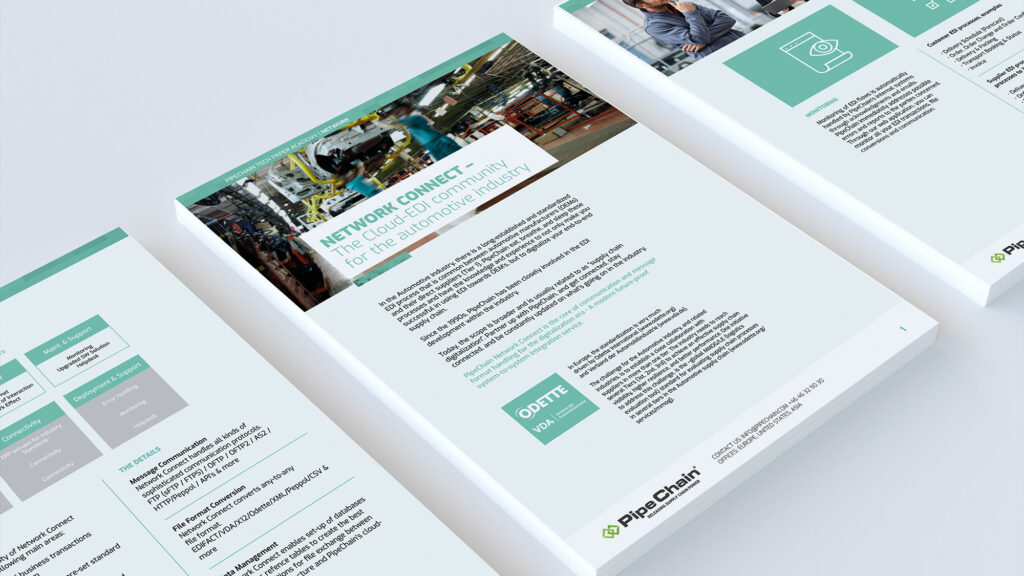
The Call For Transparency In A World Of Digital Supply Chains
The desires and the customer have always been a key motivator for companies, whether that company’s customers are consumers or other businesses. The voices of those customers have more and more been calling out for sustainable products and for full visibility into the supply chain. Though customers are willing to pay more for these products, companies are having difficulties providing that degree of visibility. On one hand, companies and manufacturers may not be able to share information in fear of losing competitive advantages. And on the other hand, the technological challenge. The average car has thousands of different parts from a multitude of different suppliers and manufacturers. A bill of materials of that size is not only an administrative and technological nightmare, it’s hard to see the average consumer scrutinizing that amount of data.
Can we take a look?
Supply chain visibility means different things for different industries. For the food and produce industry the main challenge is sustainability. Proper and humane conditions for animals, organic fruits and vegetables, clean handling in the supply chain. Furthermore, many tech and clothing brands have entered the crosshairs several times for inhumane working conditions at their supplier’s factories.
Finally, dealing with the carbon footprint of your supply chain t is another difficult challenge facing companies today. Purchased parts, inbound supply chain, logistics, production and packaging are all factors when trying to reach the goal of a neutral carbon footprint.
“Chain liability” is a term used to describe the “the phenomenon by which consumers hold companies responsible for the unsustainable behavior of their suppliers.” In other words, consumers want more information about the products they purchase and they hold companies responsible for the entire supply chain. Before and after sale.
Since consumers don’t know or even care if a supplier is a tier 1, 2 or 3 supplier the degree of complexity increases by magnitudes. The responsibility for companies to monitor the entire supply chain can in the worst-case scenario include thousands of different suppliers.
Establishing Transparency
To understand their companies’ and supply chains’ level of maturity leaders need to address three important questions before they can address any possible changes.
Firstly, in what degree does the company have visibility and transparency over their entire supply chain? A previously stated, companies can quickly become scrutinized on social media and even legally due to misbehavior far down the supply chain. Knowing and what you have visibility over and what parts of the supply chain is shrouded is the first step in the challenge of doing oversight over all suppliers.
Secondly, what is the companies’ established strategy regarding its supply chain transparency and sustainability? Furthermore, how is this information communication to the consumer? Some companies pride themselves in their sustainability and makes it a core message in their marketing efforts. The danger of this is of course that any wrongdoings in the supply chain will receive a greater degree of backlash if exposed.
Finally, what technologies and capabilities does the company have to support supply chain transparency? This is probably the biggest and most challenging piece of the puzzle for supply chain transparency. There are a multitude of third-party technologies focusing on supply chain tracking, supply chain collaboration and end-to-end visibility. The use of blockchain and AI have also developed the possibilities of greater supply chain control and transparency.
In conclusion, supply chain visibility and transparency are a greater challenge than ever before. As customers are becoming progressively more aware of supply chain sustainability, they also make their purchases accordingly. Furthermore, many companies lack the technological capabilities in supply chain visibility. Unless companies make supply chain one of their highest priorities they are at risk of these challenges.
Insights

If you are interested in learning more about how to create a powerful connected supply chain, here are our latest insights.
Tech papers

To help you get a deeper and better understanding of our solutions and your supply chain, we have developed a number of detailed tech papers on different subjects.
-
Necessary
These cookies are not optional. They are needed for the website to function. -
Statistics
In order for us to improve the website's functionality and structure, based on how the website is used. -
Experience
In order for our website to perform as well as possible during your visit. If you refuse these cookies, some functionality will disappear from the website. -
Marketing
By sharing your interests and behavior as you visit our site, you increase the chance of seeing personalized content and offers.


